Wi-Fi on the plane and things you need to know before using
Have you recently accessed the Internet on a commercial flight? With Wi-Fi on board, customers can check mail or surf the web at 40,000 feet.
With being used to face the Smartphone when there is any free time, it is horrible for many people to sit for a few hours on the plane without doing anything. There are now many airlines that have been providing Wi-Fi services on flights to meet customers' needs.
At the moment, some airlines are offering Wi-Fi options on board for customers and even sell them in the form of additional packages when booking online.Wi-Fi is usually accessed from the dashboard GUI on the web and in some cases is even available for free.
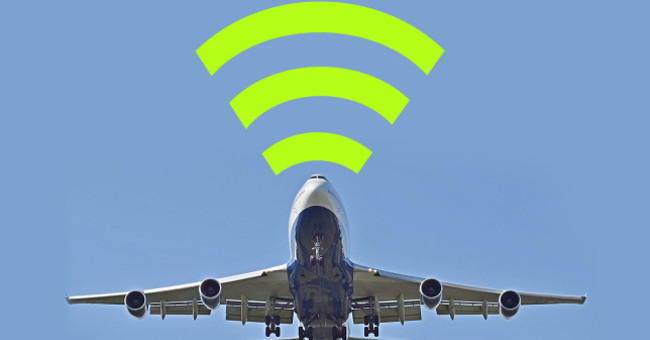
But don't rush to celebrate. Find out about the Wi-Fi service on the plane a bit before making a final decision.
How does Wi-Fi on the plane work?
- How can I broadcast Wi-Fi on an aircraft at an altitude of 40,000 feet?
- How Wi-Fi works on aircraft
- How is the Wi-Fi signal quality on the plane?
- The main suppliers
- What will the future of Wi-Fi be?
- The problems you need to face if using "Wi-Fi" service
- 1. Cost is not expensive
- 2, Access list is restricted
- 3, Speed and reliability
How can I broadcast Wi-Fi on an aircraft at an altitude of 40,000 feet?
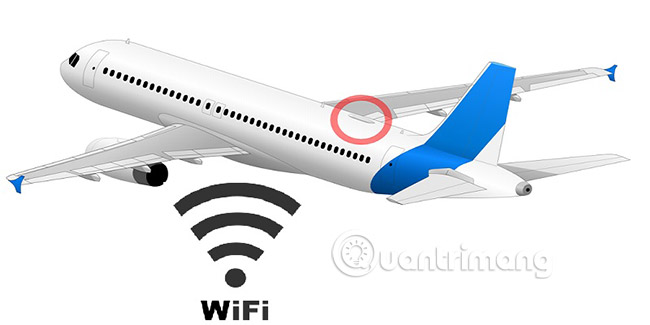
If you look carefully, you will see a slight bulge on the plane. That is where a pair of antennas receive signals. In some aircraft, these antennas are placed in the fuselage.
There are two modes for signal transmission:
- Ground-based systems: Even if the aircraft travels at 500 miles per hour (805 km / h), Wi-Fi signals can still be collected from land-based mobile towers (LTE / 4G). After receiving the signal, the router on the plane (usually located conveniently near first class) will distribute the signal throughout the aircraft.
- Satellite Wi-Fi systems: In satellite Wi-Fi systems, signals from the ground are transmitted to a satellite, then forwarded to the aircraft's antenna.
Ground broadcast stations are distributed by aviation Wifi service providers. For internet services provided by satellites, the connection quality is very fast and stable but the price is much more expensive.
How is the Wi-Fi signal quality on the plane?
Due to distance factors during the Wi-Fi signal on the aircraft, latency problems (resulting in delays when loading pages) may occur. Airlines often handle latency problems by maintaining buffer bandwidth. In US domestic flights, Jet Blue even offers high-speed free Wi-Fi for each customer. This is not all airlines can do. According to the company's website, even at 35,000 feet (11km), Wi-Fi speed is good enough to watch a streaming video on Amazon Prime.
However, other airlines recommend that people should be more cautious and ask passengers not to watch videos streamed online, use VPNs, etc. Depending on the airline, customers may limited and can only use messaging applications only. For international flights, it is clear that there will be more restrictions, especially on long-haul flights, with expensive Wi-Fi costs.

In addition, maintaining Wi-Fi connectivity for all devices at the same time will not be feasible because there are passengers who may be downloading heavy data. Usually each customer will receive 20-50MB of free Wi-Fi when buying special business or economy class tickets. Receiving a strong signal is still an 'impossible task' when flying over the ocean, because there are no signal towers in this range.
The main suppliers
GoGo is the largest aviation Wi-Fi service provider in the United States. Internet signal is always guaranteed stable broadcasting with more than 160 alternating operating stations.
How the GoGo Internet service works
Wi-Fi on Gogo's aircraft is one of the best devices at this time, because they use a combination of satellite and ground signals for maximum coverage. Gogo calls its terrestrial systems ATG (Air-to-Ground). In the stratosphere, Gogo uses Ku band (12 to 18GHz), ideal for long distances. Obviously, Ku is also suitable for astronauts on the international space station when they need to contact the ground base.
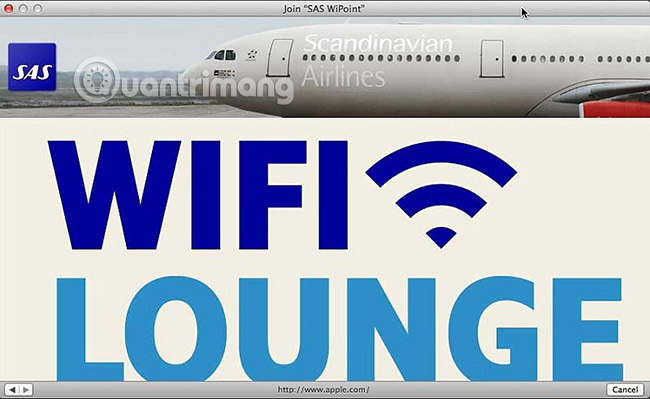
In the near future, GoGo will launch 2Ku design , a system that uses 2 antennas, one for uploading data to the upper floor and the other for download connection, integrating with satellite communication technology. Intelsat. The speed of 2Ku can still be up to 70Mbps. At the same time, the receiver is also improved with a smaller size to help reduce energy use. Hope to please his "gods".
Promising features on GoGo 2Ku
OnAir, Immarsat and Panasonic Aviation are Wi-Fi providers on other large aircraft. Immarsat is the leading provider of aviation networks in Europe, with the aim of providing the fastest speeds and wider coverage.
What will the future of Wi-Fi be?
As technology improves, airlines can keep more bandwidth buffers, helping to avoid latency problems. It is predicted that in 6 years, most airlines will be able to provide high-speed Wi-Fi for passengers. At that time, you will no longer have to apologize to someone if you cannot check the email they sent because the phone is in airplane mode.
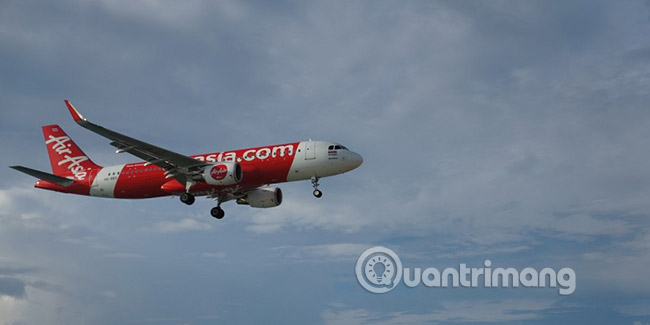
The problems you need to face if using "Wi-Fi" service
Not all airlines offer Wi-Fi services on their flights. Currently, only the big names in the US aviation market are brave to provide this service in the world. Why so?
1. Cost is not expensive
The first thing is the cost. The cost of this service is extremely expensive. You can use Wi-Fi on the ground comfortably without worrying about capacity but above altitude of 40,000 feet is completely different.
Let's take a look at the price of this translation on a few airlines to see how expensive it is.
- Some airlines such as Etihad and Lufthansa have a price for this service of 20 USD.Passengers can use the internet freely.
- Some airlines charge money according to usage capacity.A story is worth warning that we have to think carefully before using Wi-Fi service on the plane is about a guy who has to pay nearly $ 1,200 for internet fees on his London - Singapore flight in 2014.
- Some firms have lower prices, of course the quality is also considered to be quite slow.
2, Access list is restricted
When accessing the internet on an airplane at a height of 40,000 feet you will not be able to access all the information you want, like underground. Social networks, online streaming, snapchat, . will be blocked from being accessed.
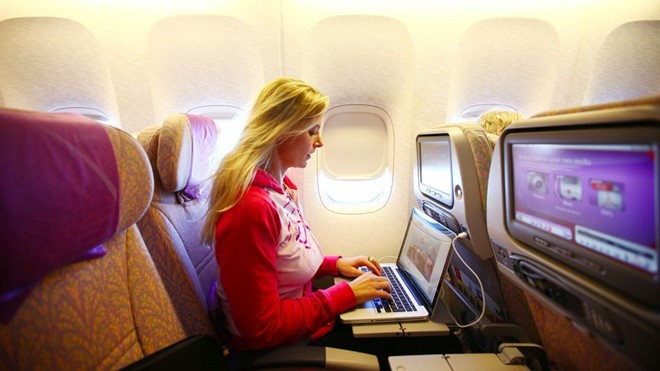
If you want to use VPN virtual network to play online games, send large files, . you will have to pay additional costs.
3, Speed and reliability
This is probably a problem that many people care about. But there is a fact that Wi-Fi speed in the "sky" cannot match the speed of Wi-Fi on the ground.
Even for a large company like GoGo, their total bandwidth is only about 3 Mbps. Hundreds of people on a flight will have to share each other, the speed of internet access is only "turtle" compared to the ground.
Conclude:
Slow speed, high cost inversely proportional to reliability are reasons that many customers reject "heavenly" Wi-Fi service.
Installing an appropriate Wi-Fi system for an aircraft costs a small amount for airlines that are not necessarily satisfied with the requirements of their "gods". Every airline chooses to invest in this service.
See more:
- Why does the phone have to be in flight mode when taking off and landing?
- Play WiFi on super simple computers with MyPubicWiFi
- Business guests can use wifi on VNA aircraft
You should read it
- 5 ways to create WiFi when there is no Internet service provider
- WiFi on board will be a step forward in the near future
- Fall out on the pretext that South Korea insists on installing wi-fi on airplanes
- Is the air on the plane safe?
- Wifi to school!
- How to fix the error that iPhone receives Wifi but cannot access the Internet
 10 mysterious and strange places appear Google Earth that surprised people
10 mysterious and strange places appear Google Earth that surprised people What is N2O gas (laughing gas), how harmful is it?
What is N2O gas (laughing gas), how harmful is it? How does programming affect our brains?
How does programming affect our brains? Life on Earth may have come from biological particles in cosmic dust
Life on Earth may have come from biological particles in cosmic dust The most difficult language to learn in the world, 10 years of learning are basic communication
The most difficult language to learn in the world, 10 years of learning are basic communication Discover the mysterious primitive life of Aboriginal people in the Amazon jungle
Discover the mysterious primitive life of Aboriginal people in the Amazon jungle